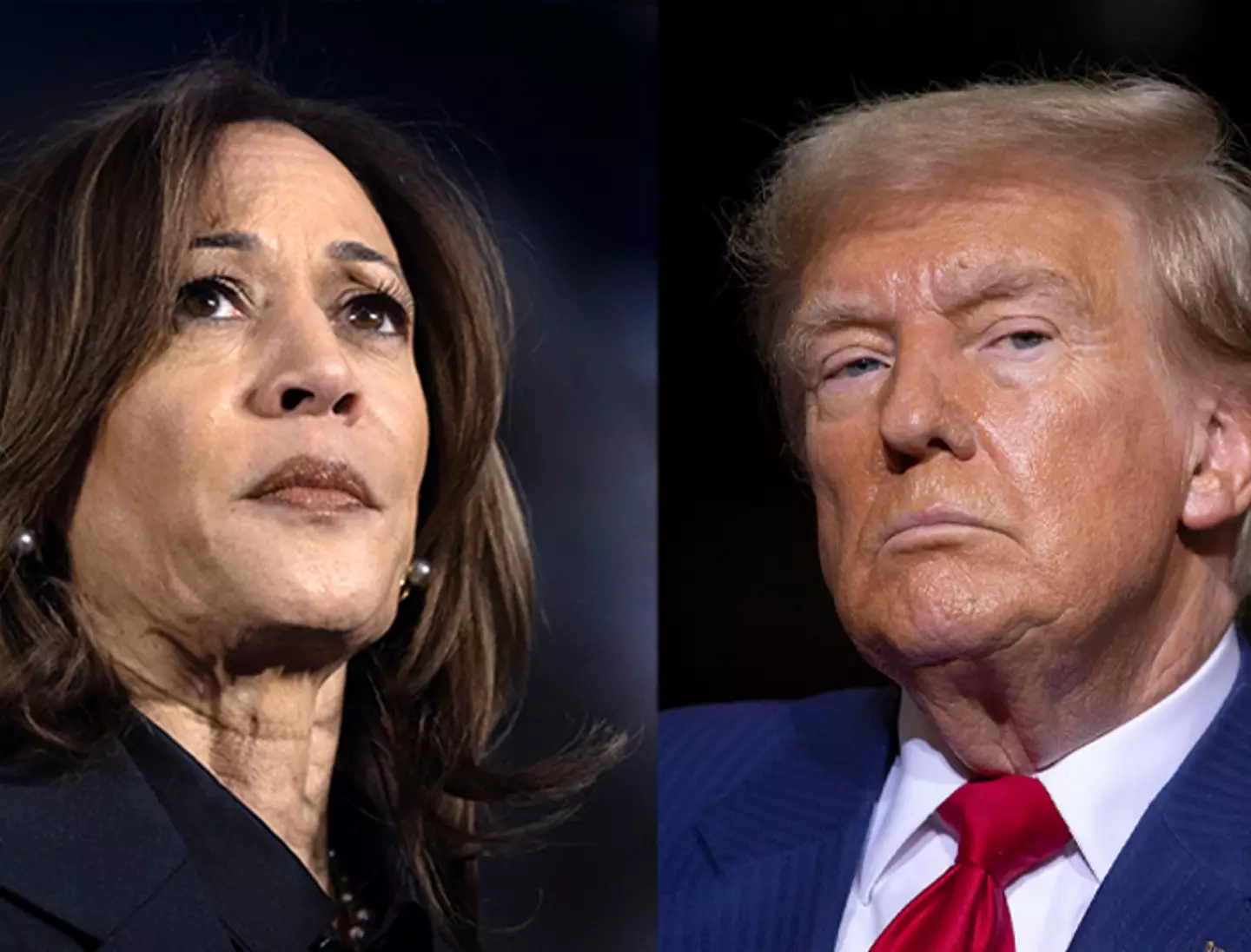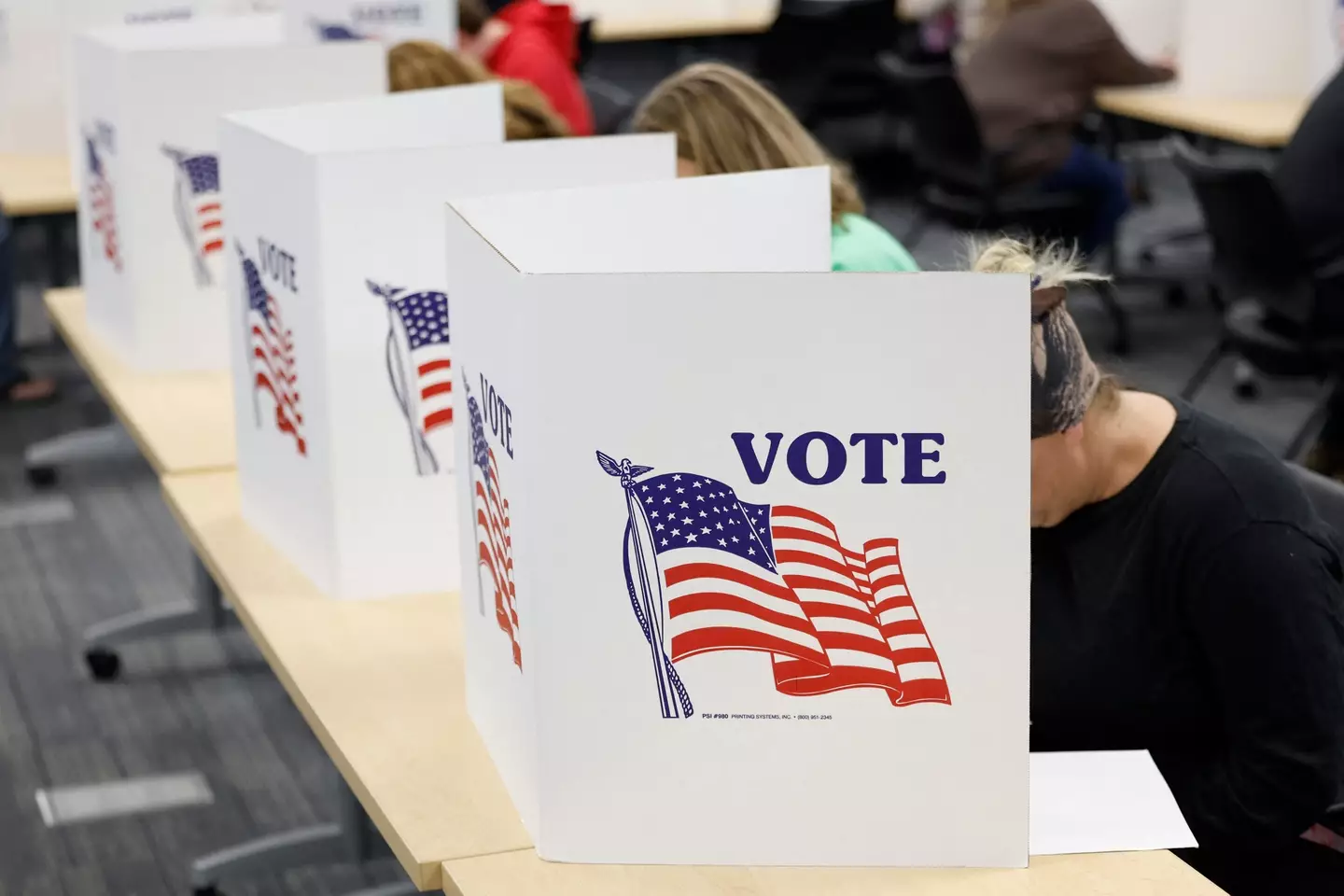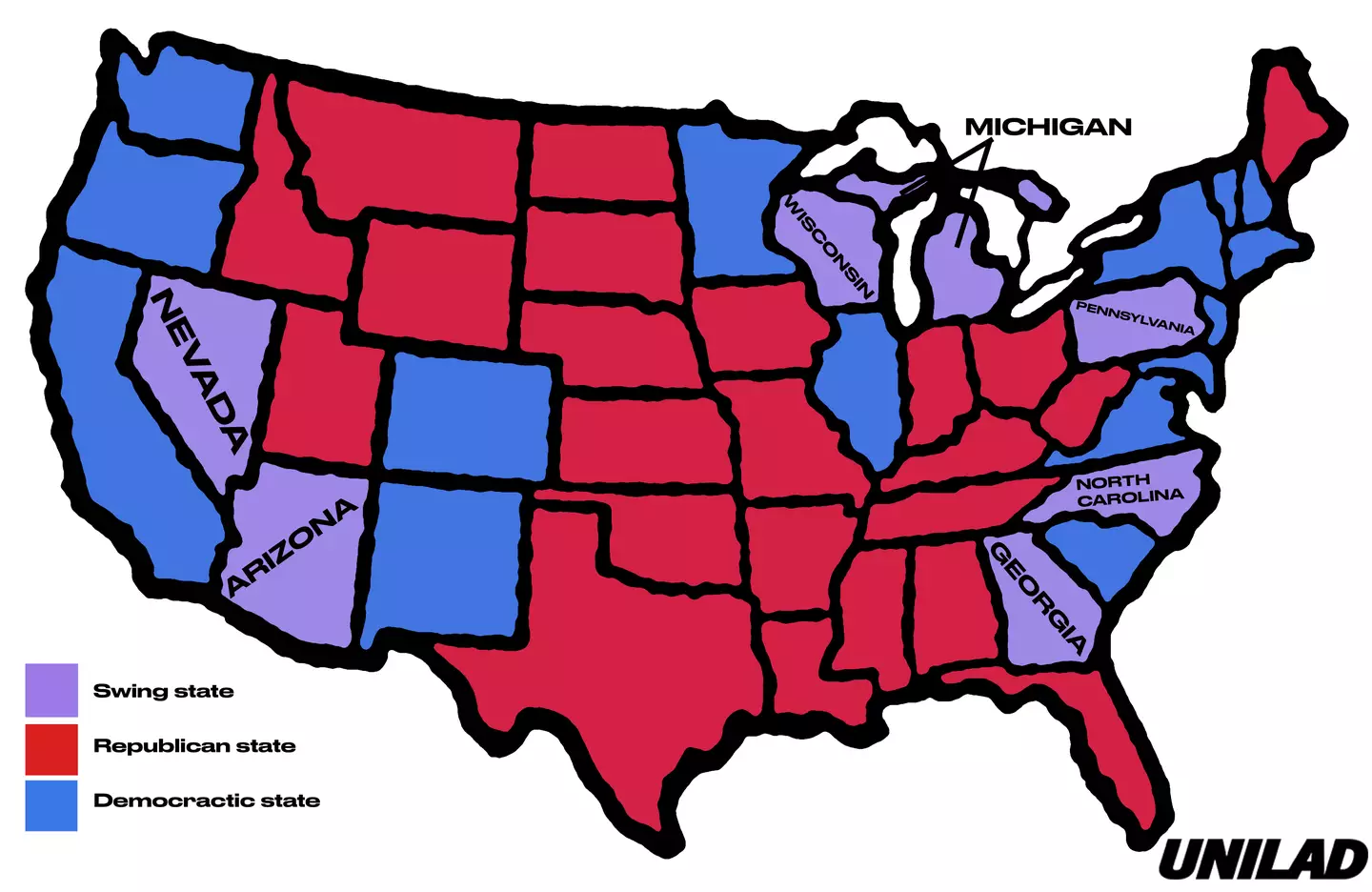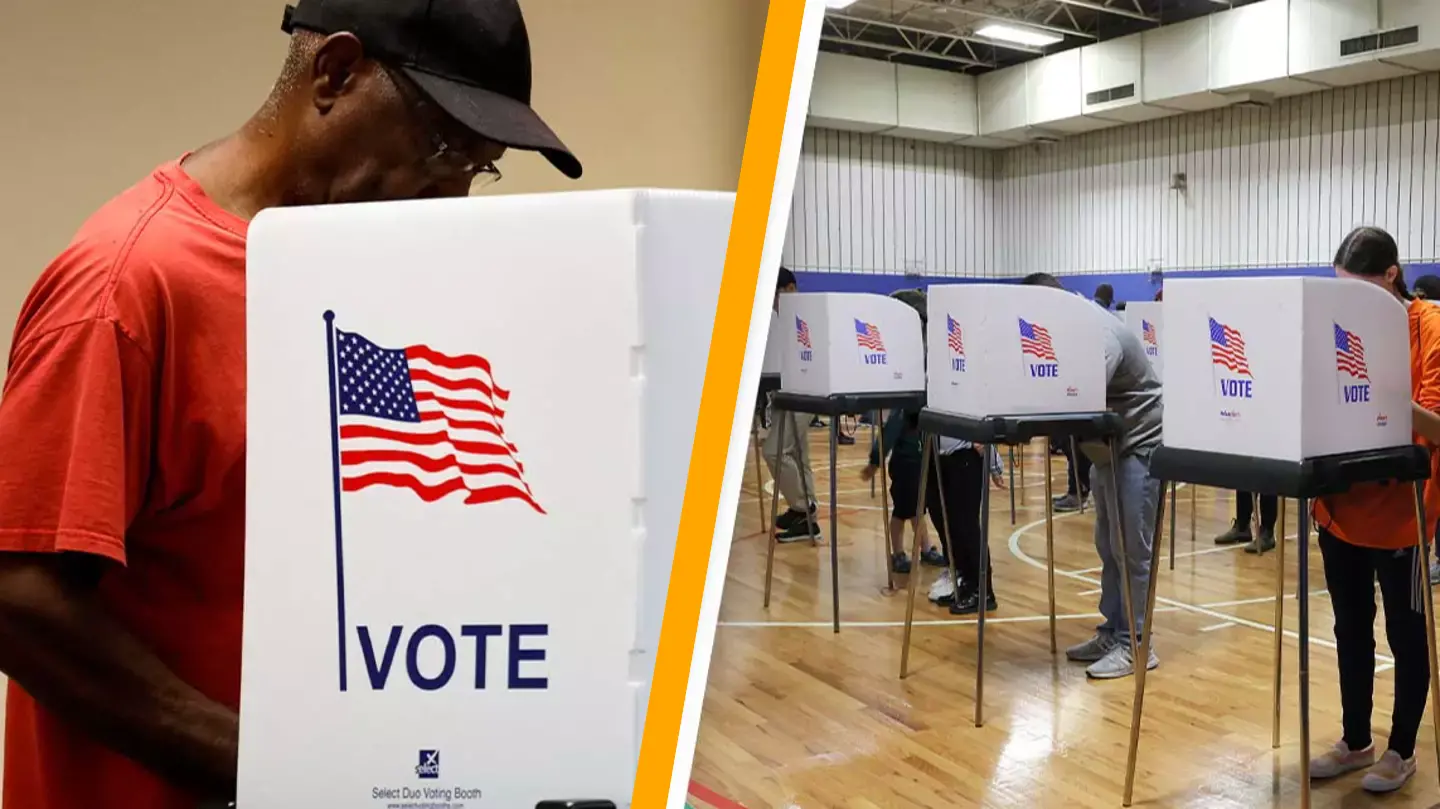Today marks a significant moment in American history, as it is Tuesday, November 5, 2024. This is the day when the citizens of the United States cast their votes to decide who will become the next president.
According to the polls, the 2024 election is shaping up to be one of the closest contests for the presidency, with Donald Trump and Kamala Harris vying for each and every vote.
Although the main election day is today, it’s estimated that over half of the American population has already cast their votes.
Regarding when we can expect the official confirmation of the president-elect, it could happen as soon as Wednesday morning, or it might take several days.
Your guess is as good as anyone’s.
Moving away from the Trump vs. Harris face-off, you might have noticed that U.S. presidential elections are traditionally held on Tuesdays.

The tradition of holding elections on the Tuesday following the first Monday in November has been in place for decades. But why is that the case?
In the past, election dates varied by state, but a law passed in 1845 established a uniform election day for the whole nation.
During that time, the majority of the U.S. workforce consisted of farmers, who were busiest throughout most of the year.
November was considered an ideal time for elections since the harvest period had ended, allowing farmers the opportunity to vote.
Why Tuesday specifically?
Well, Sunday was traditionally a day of rest and worship for Christians.
For these farmers, Wednesday was typically a market day, requiring them to travel to sell their produce.

This effectively ruled out Mondays and Thursdays for elections, leading to Tuesday being chosen as the most practical option.
As for the specific timing “after the first Monday” in November, this prevents elections from falling on November 1.
November 1 was avoided as it coincides with the Christian observance of All Saints’ Day, and farmers often used the day to settle their accounts.
Despite the dramatic decrease in the farming population, with fewer than two percent of Americans employed in agriculture today, the tradition of holding the presidential election on the first Tuesday after the first Monday in November persists and is unlikely to change.

There are several swing states where the support levels for former President Donald Trump and Vice President Kamala Harris are remarkably similar.
In 2016, Trump secured victory in Arizona, but in 2020, he narrowly lost to President Joe Biden.
An Emerson College and The Hill poll conducted from October 30 to November 2 among 900 likely voters indicated 50 percent support for Trump and 48 percent for Harris.
Trump also claimed Georgia in 2016 but lost it to Biden in 2020 by less than 12,000 votes, marking the first Democratic win there since Bill Clinton’s victory in 1992.
Similarly, an Emerson College poll in Georgia among 800 likely voters showed Trump at 50 percent and Harris at 49 percent.
After almost thirty years as a Democratic state, Michigan swung in Trump’s favor in 2016, but flipped back to Biden in 2020.
The latest Michigan poll by Emerson College shows Harris leading with 50 percent to Trump’s 48 percent among 790 likely voters.
Nevada has leaned Democratic in the last four elections, but the current cycle has it poised to possibly turn Republican.
A poll involving 790 likely voters resulted in a tie with both Trump and Harris at 48 percent.
Despite being traditionally Republican, this state is still grappling with the aftermath of Hurricane Helene. A poll of 860 likely voters showed 49 percent support for Trump and 48 percent for Harris.
Biden took Pennsylvania in 2020 after Trump won it the previous cycle. The latest poll of 1,000 likely voters shows a slight edge for Trump at 49 percent over Harris’s 48 percent.
Wisconsin, historically Democratic, flipped to Trump in 2016 but reverted to Biden in 2020. Recent polling among 800 likely voters shows a deadlock at 48 percent for both Trump and Harris.

